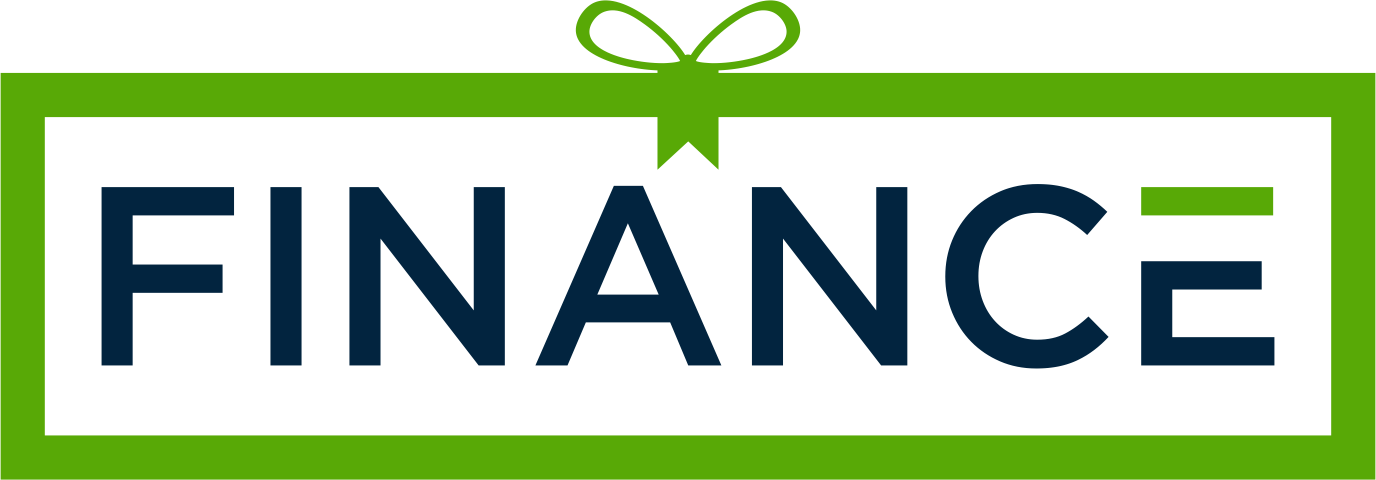- January 30, 2024
- Posted by: GNP
- Categories: Innovation, Uncategorized
No Comments

Optimizing All-Hands MeetingsA Strategic Blueprint for Early-Stage Companies
- January 30, 2024
- Posted by: GNP
- Categories: Innovation, Uncategorized
Introduction: The Strategic Value of All-Hands Meetings
In the dynamic landscape of early-stage companies, people’s time is their most valuable resource. All-hands meetings, therefore, are not just routine gatherings but critical investments for collective engagement and strategic alignment. They offer a rare pause in the daily hustle, bringing together diverse teams to foster unity, clarity, and a shared sense of purpose. Recognizing the significant investment of time these meetings demand, it’s essential to ensure they are as impactful as they are engaging. Let’s explore how to elevate these all-hands meetings into powerful tools for company growth and team alignment.
1. Balancing Structure with Flexibility- A core aspect of successful all-hands meetings lies in their structure. Consistency in format provides a familiar rhythm, yet it’s vital to interject elements of novelty and flexibility. This approach ensures that while the team appreciates the predictability of these meetings, they remain alert and engaged, looking forward to new content and formats. Some examples of introducing both fun and format changes include workshopping of ideas and concepts, hosting guest speakers, conducting themed gatherings, and holding team contests.
2. Embracing Interactive Technologies- In the era of remote work and digital collaboration, leveraging interactive tools can transform all-hands meetings from passive listening sessions to dynamic, participatory experiences. Tools like digital whiteboards and collaborative platforms enable real-time engagement, making meetings more inclusive and interactive. Consider using breakout rooms for small team discussions.
3. Optimizing Frequency and Duration- Finding the right balance in the frequency and length of all-hands meetings is critical. While weekly sessions might keep everyone closely aligned, bi-weekly or monthly meetings can heighten anticipation and allow for richer content. The key is to match the rhythm of your meetings with the pace of your company’s growth and the nature of your work. Smaller, faster-paced environments will benefit from weekly meetings, whereas larger organizations might struggle to maintain relevance, attendance, and attention at such a pace.
4. Diverse Voices and Inclusive Dialogue- A pitfall of routine meetings is the dominance of a few voices, typically from the executive team. To enrich the all-hands experience, it’s beneficial to rotate speakers and encourage contributions from different departments and members across all levels. This approach not only brings in fresh perspectives but also fosters a culture of inclusivity and recognition.
5. Integrating Recognition and Company Culture- Recognition segments, where team members are applauded for their contributions aligned with company values, can significantly boost morale. Integrating such moments in all-hands meetings reinforces a culture of appreciation and aligns the team with core values. One approach that works well is leveraging tools such as Bonusly, where team members have the opportunity to recognize each other and call out actions aligned with company values where they see them. This approach not only democratizes recognition but also fosters community and esprit de corps.
6. Leveraging Visual Storytelling and Incorporating data visualization and compelling narratives can make complex information more accessible and engaging. By presenting key metrics and goals in a visually appealing format, companies can ensure that their teams are not just informed but also inspired. Remember that you’ve shared your vision for the company when initially recruiting your team members. As time passes that initial enthusiasm and vision clarity can both wane and shift. Responsible leadership will be mindful to continually share the vision and where the company is on the path.
Conclusion: A Continuous Journey of Improvement
Revolutionizing all-hands meetings is not a one-time effort but an ongoing process of experimentation and refinement. By continuously seeking feedback and being open to new ideas and technologies, early-stage companies can turn these gatherings into vibrant forums of shared learning, inspiration, and strategic alignment. Ultimately, all-hands meetings should not just be about disseminating information but also about building a unified, informed, and motivated team, ready to collectively push the boundaries of their organization.
Jim Gellas
Co-Founder, President, Finance in a Box
Looking for a First-Class Business Plan Consultant?
situs togel situs togel toto togel toto togel toto slot toto slot toto togel situs togel situs togel prediksi hk prediksi sdy situs toto toto slot situs toto pam4d situs togel gimbal4d pam4d pam4d gimbal4d sangkarbet sangkarbet gimbal4d situs toto toto slot situs toto toto slot situs toto situs toto situs toto toto slot toto slot
pafikotapuncakjaya.org pafikotatambrauw.org pafikotapegununganbintang.org pafikotamimika.org pafikotamamujutengah.org pafikotamalukutenggara.org pafikotabovendigoel.org pafikotamalukutengah.org pafikotalannyjaya.org pafikotakepulauanyapen.org pafikotaintanjaya.org pafikotaburuselatan.org pafikotabiaknumfor.org

